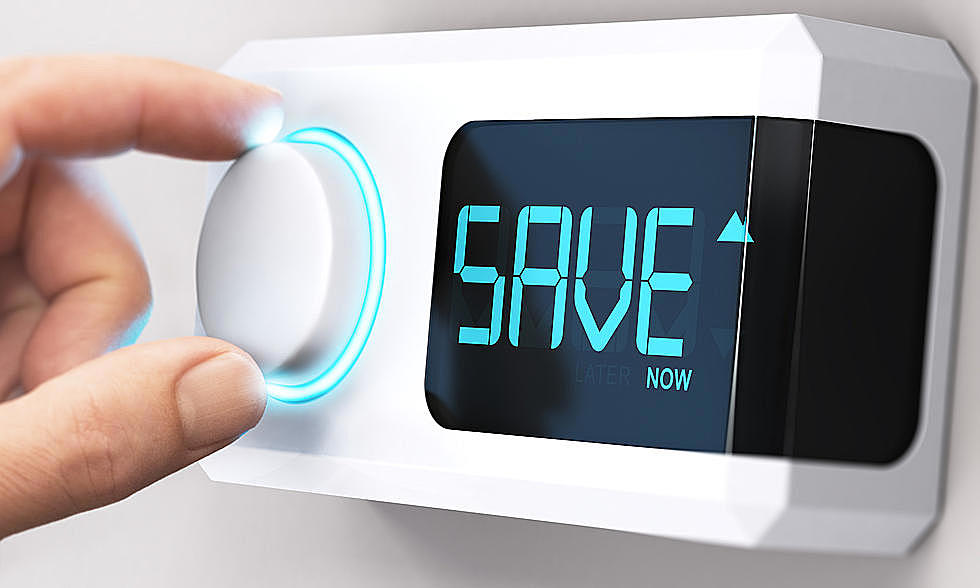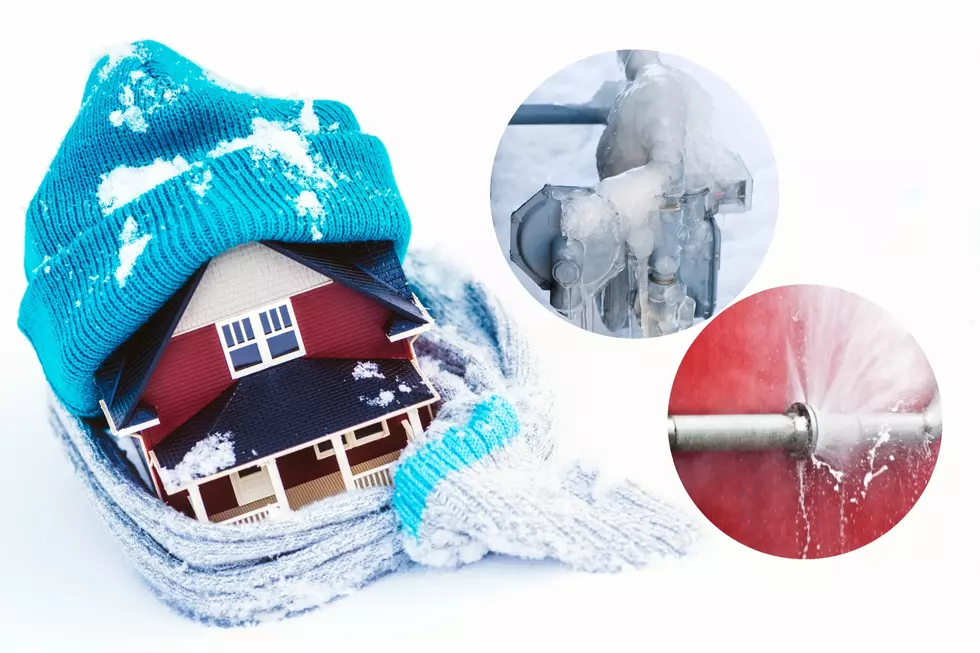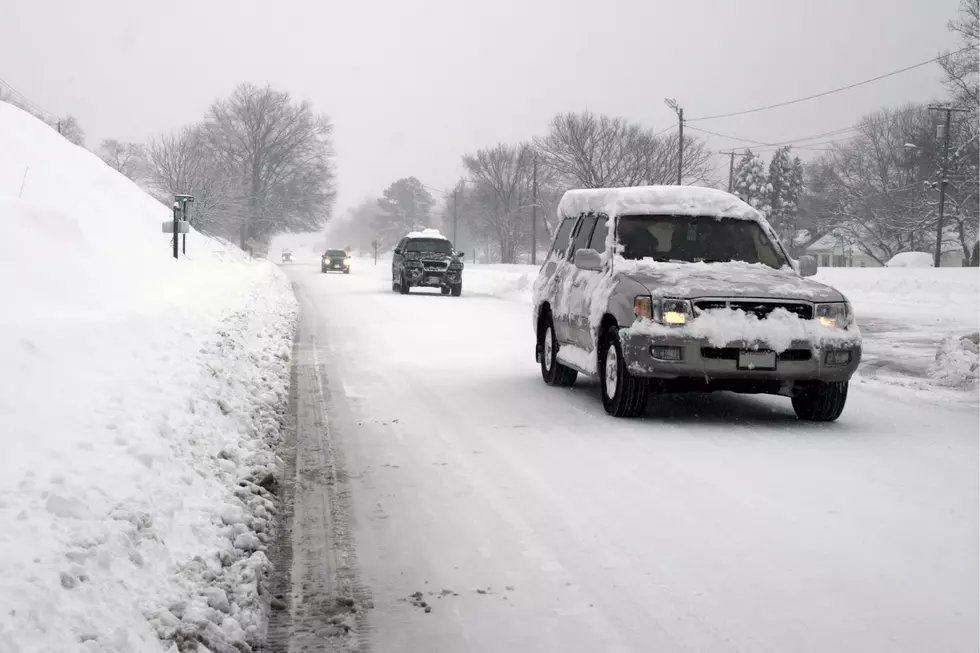
Discover Energy-Saving Tips to Stay Warm in Texas This Winter
If you're like me, you might be scared to look at the electric bill every month. I live in a fully electric house; there is no gas where I live. I recall one year when we received a $1,200 monthly electric bill. I lost it. Nonetheless, I learned a very valuable lesson and that is to "be proactive and not reactive."
Since then I've been trying to save energy and money, but I am not exactly sure where to start. Then I ran across this article from both Energy.gov and MSN/USA Today online. I combined suggestions from the two and it's helped me keep the electric bills down a lot. I hope it will help you too. The best place to start is the thermostat.

Here's what I'm talking about. I recently had a chat with my real estate agent friend, who informed me that her thermostat stays at 79 to 82 degrees during winter, and at 65 to 70 degrees during summer. Her electric bills are actually a lot lower than mine and she's got a bigger house.
She went on to explain that she has a 'smart thermostat' that adjusts the temperature when she leaves the house to go to work. By the time she is on her way home, her HVAC system turns back on to cool down the house in prep for her arrival.
So what is the first step? Let's begin with adjusting our thermostat 7 to 10 degrees from our normal setting for eight hours a day. You can save at least 10% a year on your entire energy bill. So what temperature should we set our thermostat at?
During the colder months, it's recommended by the U.S. Department of Energy that we set our thermostat to 68 degrees when home and awake. If it seems too cold, grab a blanket, and make yourself a cup of hot coffee, tea, or cocoa. When your body gets acclimated to the temperature your bank account will thank you.
Here are ten tips we can follow to save on energy and money:
- Set your programmable thermostat as low as is comfortable in the winter.
- Clean and replace your HVAC filters once a month or as recommended.
- Clean air vents, registers, baseboard heaters, and radiators; make sure they're not blocked by furniture, carpeting, or drapes.
- Eliminate trapped air from hot-water radiators once or twice a season.
- Place heat-resistant radiator reflectors between exterior walls and radiators.
- Turn off kitchen, bath, and other exhaust fans after done cooking or bathing.
- During winter, keep draperies and shades on your south-facing windows open, allowing sunlight to enter your home. Close at night to reduce the chill from cold windows.
- Weather-strip doors and windows.
- Improve insulation to help keep warm air in and cold air out.
- If cold air creeps in at the bottom of doors, adding a draft stopper (or even a rolled-up towel) is an inexpensive way to seal it off. Source: Energy.Gov
LOOK: 20 tips to help your houseplants survive the winter
More From KEAN 105









